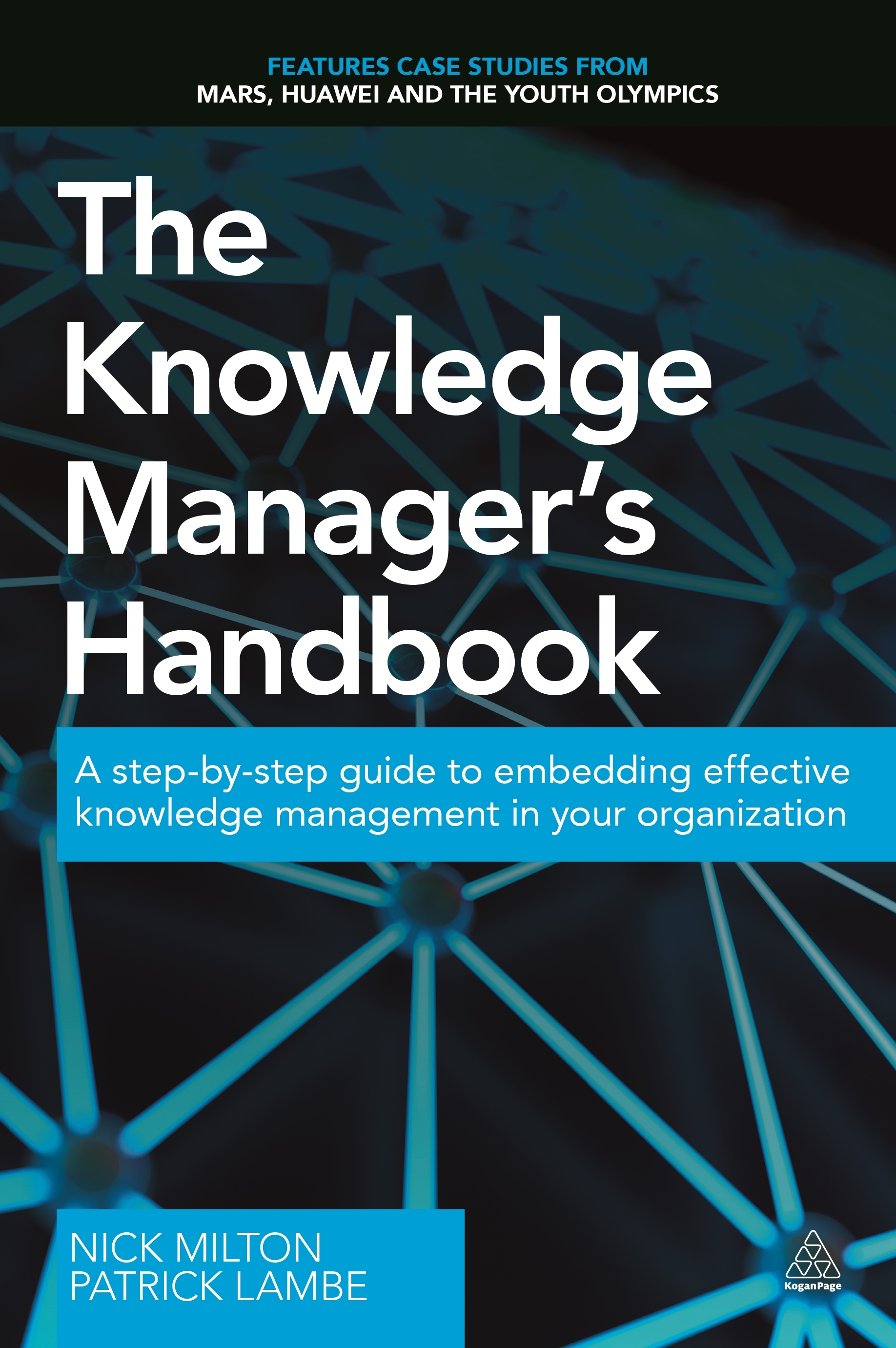What do you think?
Rate this book


320 pages, Paperback
Published April 3, 2016
‘Out of 100 per cent of the captured explicit knowledge, often only 5 per cent will make it into real-world application.’ This was a great inspiration for me. If you only do explicit knowledge management, this means that 95 per cent of your work is wasted.